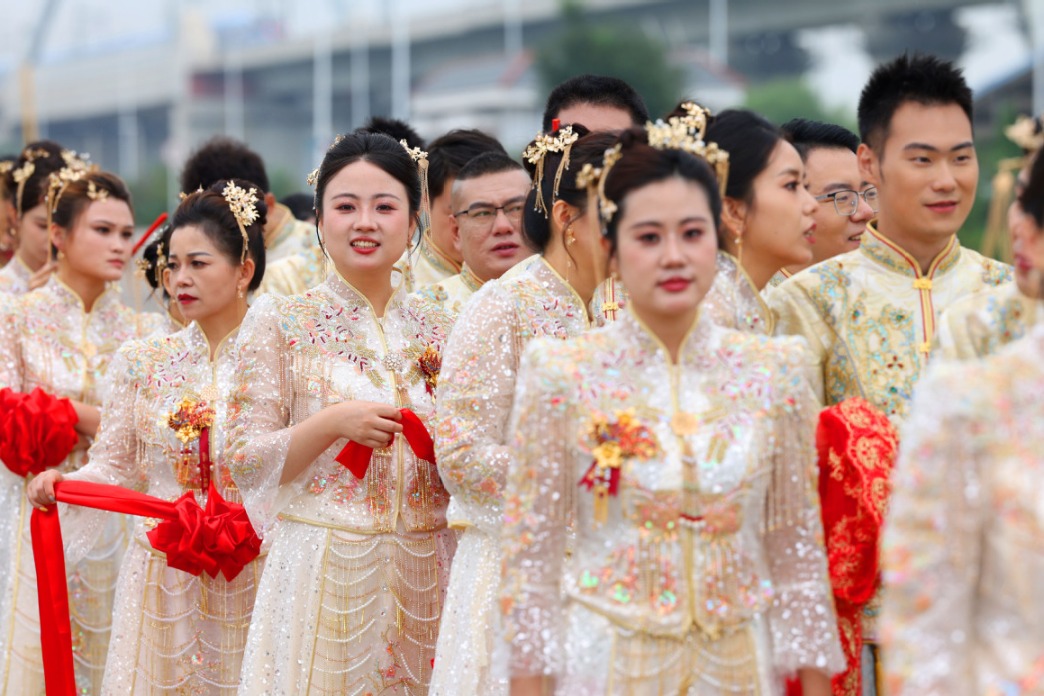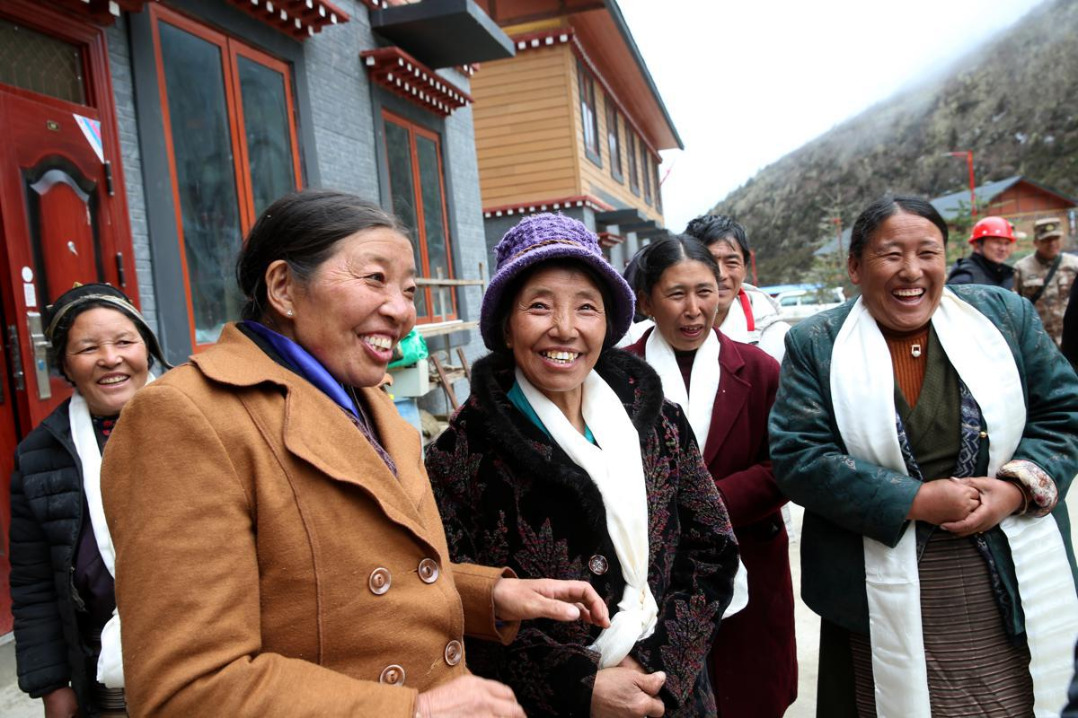Sichuan study raises questions over pheasant nesting

A study in Wanglang National Nature Reserve, Sichuan province, has found that the policy of prohibiting grazing indirectly reduces the nesting success of pheasants by increasing predator diversity and activity, suggesting that caution should be exercised when applying this policy.
The reserve features a complex topography, steep elevation changes and varied climate conditions, which support a wide range of ecological niches and diverse habitats. The policy was fully implemented in the region by 2021 to facilitate ecological conservation.
"Previous research on grassland ecosystems have indicated that although the policy encourages vegetation recovery, extended exclusion may lead to vegetation homogenization, reduced ecosystem diversity and diminished resilience to environmental disturbances," said Zhang Yifei, first author of the study that was recently published in the journal Integrative Conservation.
Also a postgraduate student at Beijing Normal University, Zhang said that due to their structural complexity and intricate interspecies relationships, forest ecosystems are expected to exhibit more diverse ecological responses to grazing exclusion, but studies in this area remain scarce.
According to Zhang, the latest study combined infrared camera monitoring and simulated nest experiments to assess the influence of grazing exclusion on pheasant nesting success and predation risk.
She revealed that this method is widely used and regarded as reliable for studying ground-nesting birds and other egg-laying animals, given the challenges of locating and monitoring enough natural pheasant nests without causing disturbance and the high risk of nest abandonment from repeated human visits.
Each artificial nest contained two domestic eggs and was placed in areas with high pheasant activity, spaced 100 meters apart to reflect the typical inter-nest distances of 50 to 200 m in the reserve, she said.
By comparing data collected during the breeding seasons from April to July of 2018 and last year, the study discovered that the nesting success rates declined significantly from 59.59 percent to 26.80 percent after the implementation of grazing exclusion. However, within each breeding season, a distinct temporal trend was observed — as vegetation cover increased, nesting success rates tended to increase due to higher concealment, she added.
The study suggested that the decline may have arisen from multiple ecological mechanisms caused by grazing exclusion. Predators — particularly large-billed crows, masked palm civets and golden snub-nosed monkeys — may have easier access due to reduced human and livestock presence. This highlighted the importance of vegetation structure and predator-prey relationships in shaping nest survival, Zhang explained.
"Although grazing exclusion is implemented to reduce livestock disturbance, promote vegetation recovery and improve habitat quality, conservation strategies should avoid one-size-fits-all approaches," she said.
"Site-specific monitoring of wildlife responses, including seasonal and habitat-level variation, is needed to fine-tune grazing exclusion policies and optimize biodiversity outcomes," she added.




































